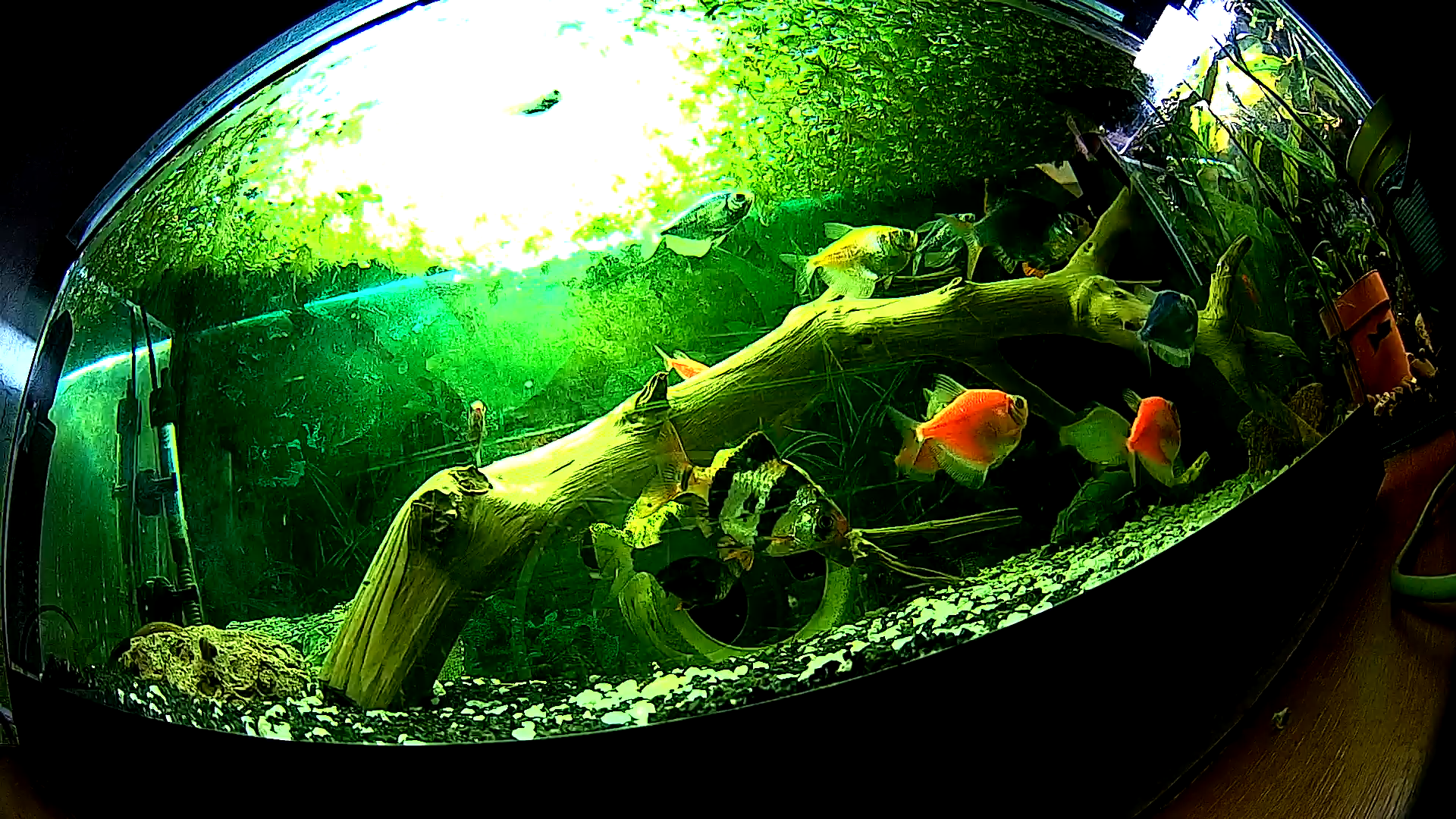Online Camera of the Isle of Wight. Sea View Yacht Club
Isle of Wight is a diamond-shaped island off the English coast in the English Channel. It is part of Southeast England, although administratively it forms a unitary county called the Isle of Wight. The Isle of Wight is famous for its interesting topography, old oak groves and full-flowing rivers. It is often called "Little England" by the people.
The area of the island territory is 380 sq. km. Its southern coast is washed by the English Channel and the northern one by the strait of TeSolent. The southernmost tip of the Isle of Wight is Cape St. Catherine. It is home to the lighthouse of the same name.
Like much of England, the Isle of Wight has a temperate continental climate, influenced by the warm North Atlantic Current. The coldest month is January (+6°C), the warmest is July (+17°C).
According to scientists, at the end of the Ice Age, the level of the ocean rose. This resulted in the formation of the Channel and Te-Solent straits, which cut off the Isle of Wight from Great Britain and mainland Europe. At first it was part of the Celtic British Isles. In the 1st century A.D. it was invaded by the Romans, who ruled until the early 5th century. In the period from 530 to 685 it was ruled alternately by the kings Kerdick, Wulfher and Cadwalla.
A special role in the history of the Isle of Wight was played by the Royal Yacht Squadron Regatta. It was held in 1851 and was among the most prestigious regattas in the world. In 1901, Queen Victoria died at Osborne Castle in the north of the Isle of Wight.









